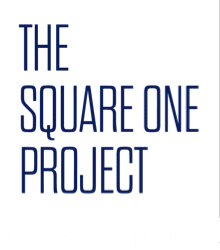January 2019 | Executive Session on the Future of Justice Policy THE CHALLENGE OF CRIMINAL JUSTICE REFORM
Overview
After three decades of growth in the U.S. incarceration rate, we have entered a period of criminal justice reform. However, efforts to reverse mass incarceration need to address the social conditions of poverty, racial inequality, and violence in which punitive criminal justice policy has expanded. Efforts that aim only to reduce prison populations, or neglect the harsh socioeconomic conditions in poor communities of color, will fail to sustainably reduce the burdens of over-imprisonment. A new, socially-integrative, vision of community health and economic flourishing is the best way to respond to the problem of violence in contexts of poverty and racial injustice.
Authors
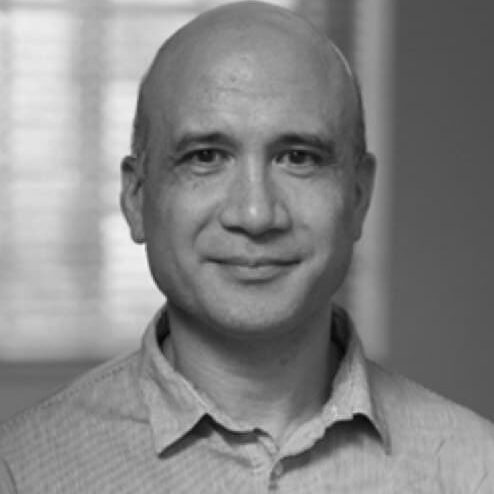
Bruce Western Columbia University
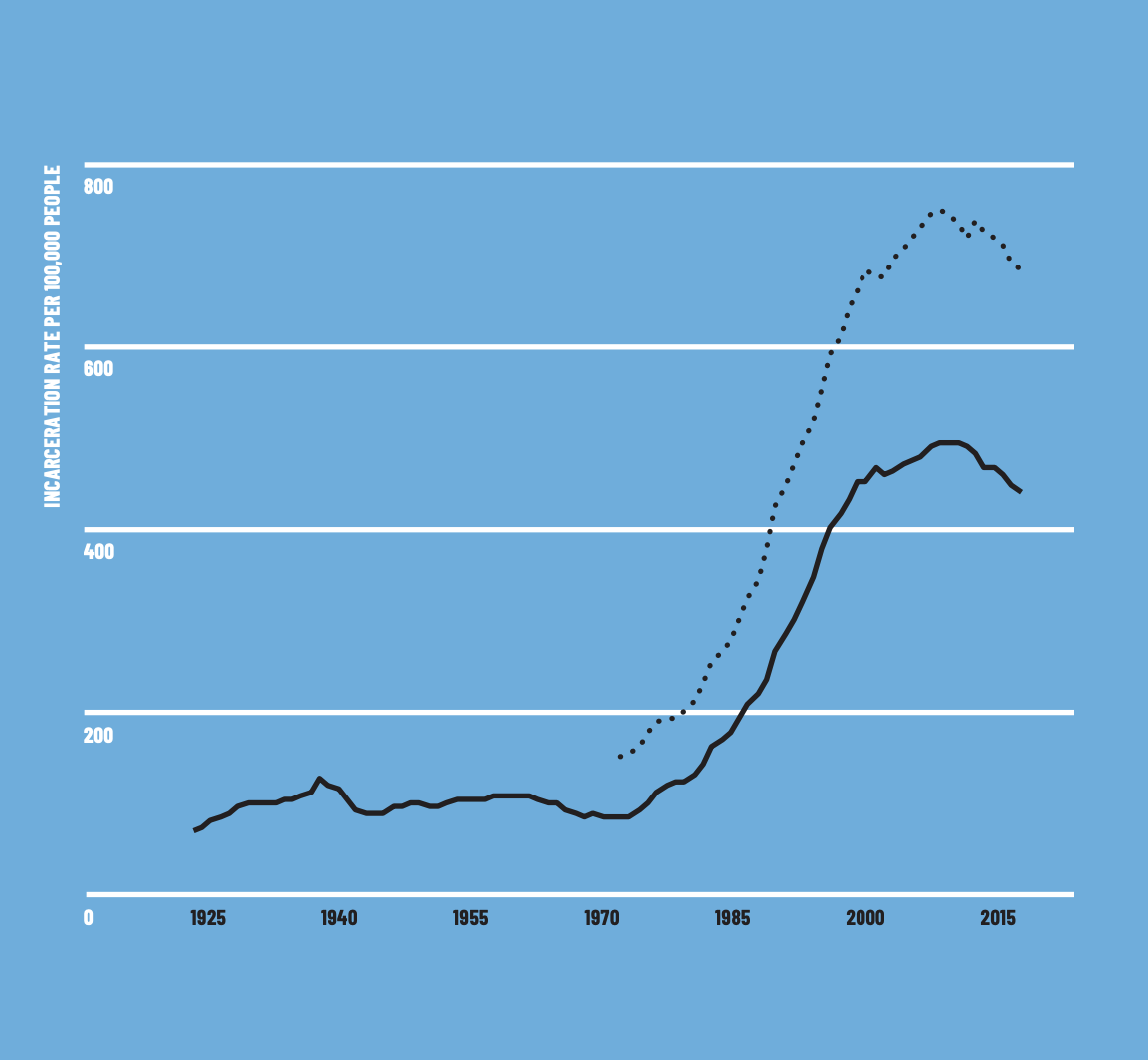
The scale of incarceration is increasing
This graph shows prison and jail incarceration rates per 100,000 people in the United States, 1925 to 2016. The scale of incarceration in the United States increased continuously from 1972 to 2007. Prison and jail populations both increased dramatically, and the incarceration rate rose to a level five times higher than that prevailing for most of the twentieth century. [The solid line represents prison only. The dotted line represents prison and jail.]
Incarceration among minority men with little schooling has grown.
Each bar in the graph shows the percentage of men who have served time in prison by age 30 to 34, approximately equal to the lifetime risk of imprisonment. The figure also indicates a large racial disparity; black men are five to six times more likely to be imprisoned than white men. Importantly, the chances of imprisonment are low for those with college education, but much higher for men who have never finished high school. [The black bar represents those born between 1945 and 1949. The blue bar represents those born between 1975 and 1979]
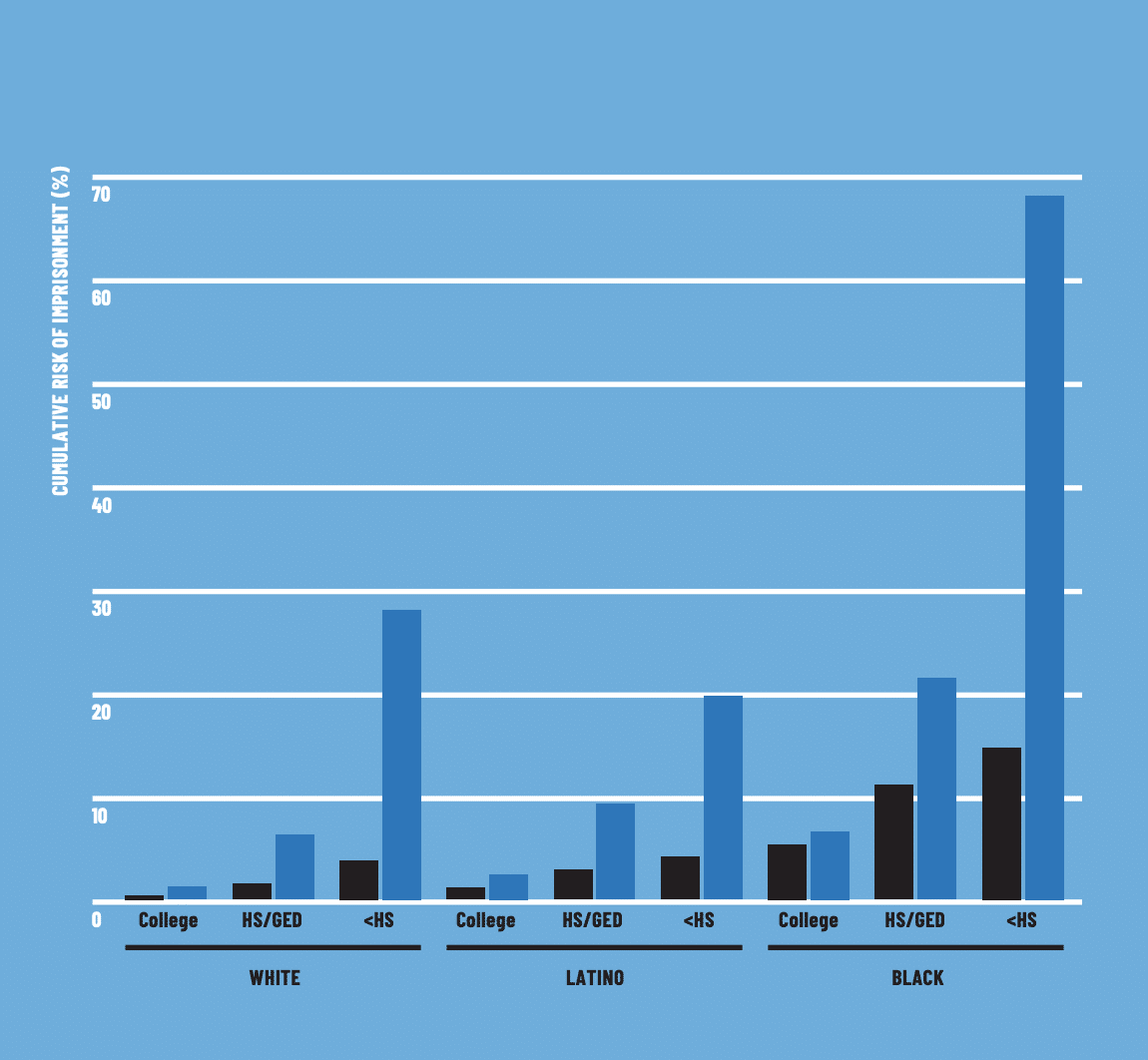
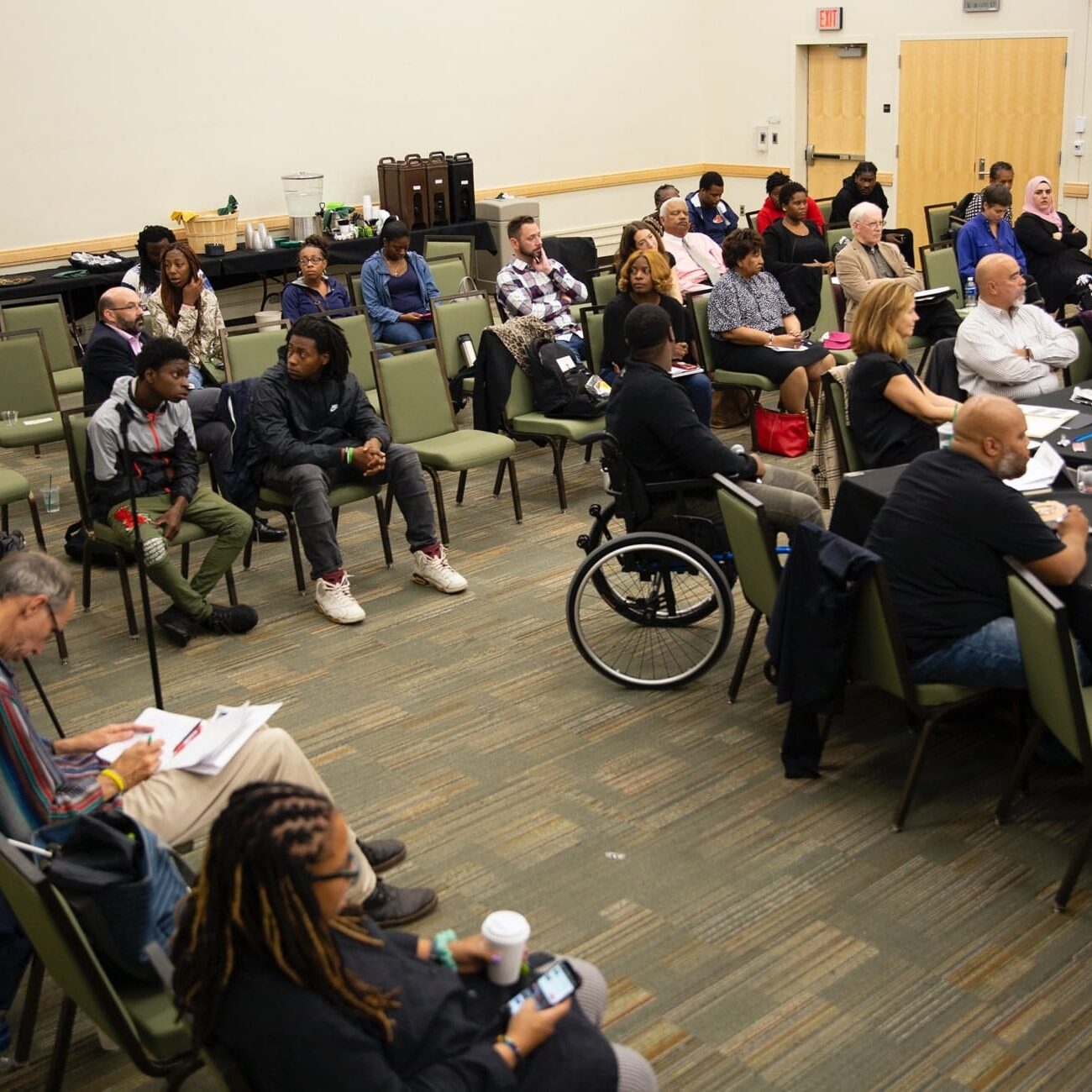
"Understanding alternatives to pervasive incarceration involves understanding the social worlds in which punitive criminal justice currently operates."
Bruce Western
IMPLICATIONS FOR REFORM
Fundamental reform must also grapple directly with the social conditions in which mass incarceration emerged
In the aftermath of violence, our courts and correctional agencies should help rebuild the social membership of victims and offenders alike
Providing materials security and predictability in daily life will establish a virtuous circle that promotes safety and reduces the harms of violence, while strengthening the bonds of family and community
